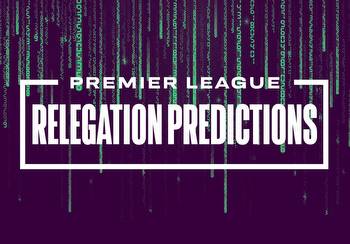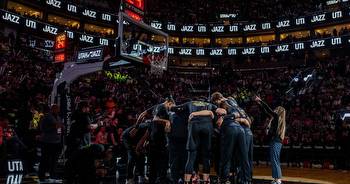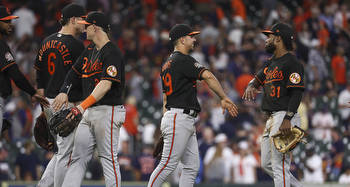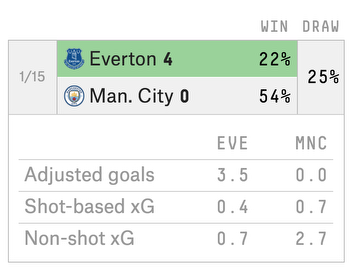NBA 2023-24 Predictions: How The Messenger Is Forecasting Every Team’s Chance to Make
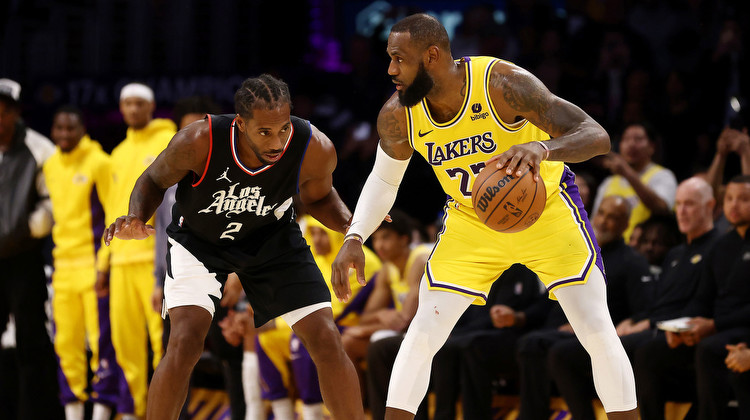
The following ratings update every day during the NBA season, tracking who is most likely to win the championship (along with other milestones). To find out more about how it works, check out our explainer below.
How it works
Taking inspiration from Baseball-Reference's MLB forecast, this NBA model maintains running schedule-adjusted ratings for each team based on how they've performed on offense and defense (per 100 possessions), the locations of each game and the quality of their opponents. The ratings are then turned into win probabilities for each game on the schedule, and the rest of the season is simulated 5,000 times to track who is most likely to win the NBA championship.
One different wrinkle for the NBA (compared with MLB) is that we maintain two separate ratings for each team, which have different predictive purposes.
First, we keep a regular season rating, which is based on a team's most recent 50 games — including the end of the previous season, in the case of early season ratings — and is regressed to the mean by 15 games. This is used to create win probabilities for regular season games, and it implies that a team's recent form matters a lot during the regular season (not surprising, but still interesting to see quantified).
For each team, we also keep a playoff rating, which is used to simulate playoff games. This is based on the team's most recent 110 games, and it contains no regression-to-the-mean factor, though postseason games receive triple weight in the ratings. This means that the ratings take a much longer view of a team's performance when looking ahead to the playoffs, which also makes sense in the context of research showing that a team's relative to the regular season.
Another factor that gets baked into the simulations is uncertainty. The win probabilities of any two teams in either a regular season or playoff game vary depending on how far into the future it is, with a game tomorrow being considered more certain than a game eight months from now.
Model limitations
The challenge for any model is figuring out the balance between simplicity and complexity, which can mean deciding how much relevant information to include.
This forecast style is simpler than the one previously maintained by FiveThirtyEight, which was based on player ratings and accounted for trades, injuries and other player movement. Our basic model won't be able to adjust immediately to those differences. However, it will evolve over time as more of the rating sample includes the mix of players a team will use going forward.
To help mitigate some of this, the default for our model is what we call Composite Mode, which blends the pure ratings-based forecast simulations with implied betting-market probabilities from FanDuel. In theory, this should steer our forecast in the direction of more qualitative factors like injuries and trades that a statistical power rating-based system cannot readily account for.
However, if you want to see the pure stats-based version, you can toggle the interactive above to Messenger-only Mode, which removes the betting-market feature.
Further reading
To learn more about how models like this work, you can read about Baseball-Reference's model here, and this is an explainer of the underlying math behind the rating method both systems use. For a history of the ratings I helped create at FiveThirtyEight, read this explainer. And for more on the logic and science behind power ratings, I would recommend the books "Who's #1?: The Science of Rating and Ranking", by Amy N. Langville and Carl D. Meyer, and "Mathletics", by Wayne L. Winston, Scott Nestler and Konstantinos Pelechrinis.

